Cute Animals That Are Not Pets
Photos: See the World's Cutest Sea Creatures When it comes to looks, the animal kingdom has some cuties (and some not-so cuties). So the TechMediaNetwork editorial team decided to take on the challenge of ranking them, after extensive debate, in reverse order of cuteness. Here are the top 500 that made the Cute Animals list. You may be surprised at which furry creature came in at #1 and which snagged the last spot. Let us know what you think.
500. Red Uakari
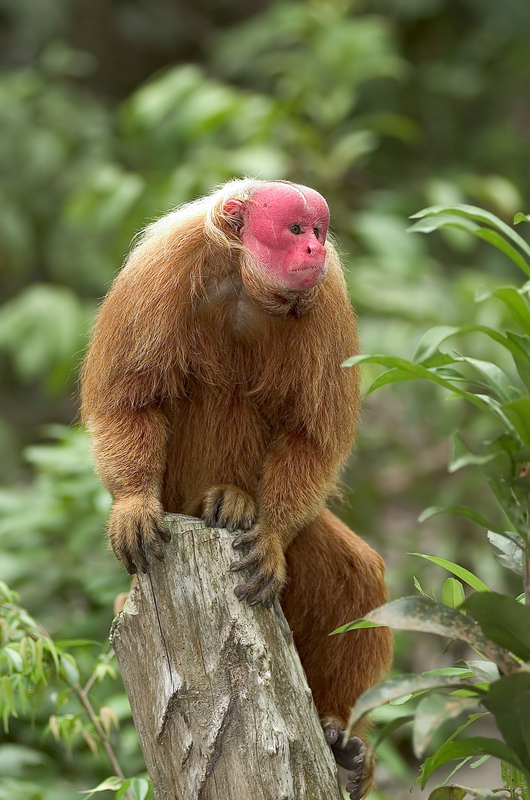
499. Narwhal
498. Nudibranch (No two alike!)
497. Horseshoe Crab
496. Coelacanth
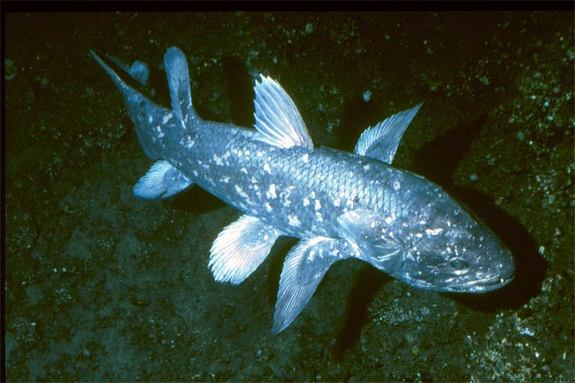
495. Giant Clam
494. Chicken
493. Flying Fish
492. Eastern Mole
491. Marine Iguana
490. Pallid Sturgeon
489. Opossum
488. Snail
487. Damselfish
486. Pygmy Octopus
485. Barramundi
484. Giant Squid
483. Kitti's Hog-nosed Bat
482. June Bug
481. Maned Wolf
480. Genet
479. Horned Lizard
478. Box Jellyfish
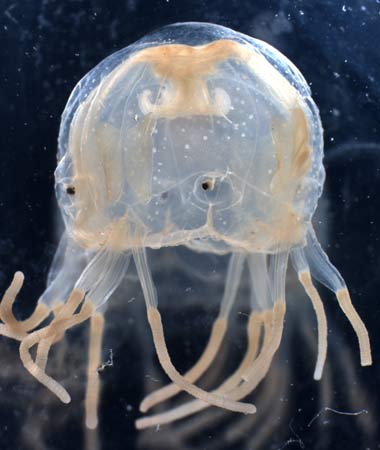
477. Cantor's Giant Softshell Turtle
476. Cormorant
475. Starfish
474. Hawksbill Sea Turtle
473. Swordfish
472. Star-nosed Mole
471. Gecko (Just look at their eyes.)
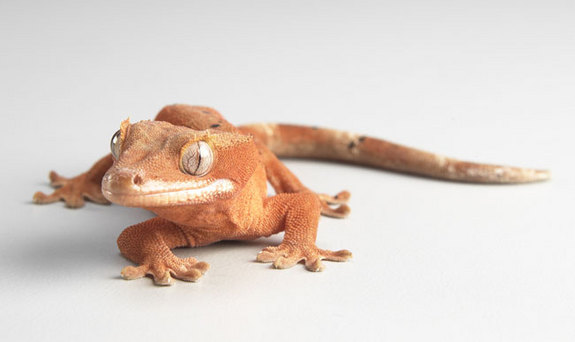
470. Poison Dart Frog
469. Red-footed Booby
468. Starry Smooth-hound Shark
467. Turkey
466. Vietnamese Long-nosed Snake
465. Whale Shark
464. Wolverine
463. Cattle
462. Warthog
461. Red-eyed Tree Frog
460. Walrus
459. Ostrich
458. Piglet Squid
457. Humpback Whale
456. Ladybug
455. Butterfly
454. Glass Frog
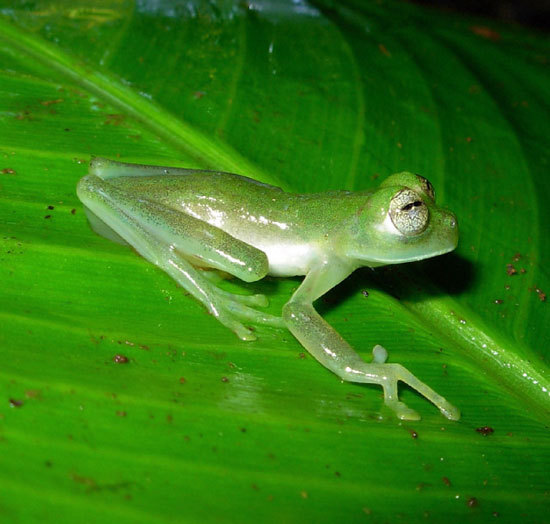
453. Western Long-nosed Snakes
452. Elephants (African & Asian)
451. Pill Bug, a.k.a. Roly-Poly
450. Toucan
449. Elephant Seal
448. Kemp's Ridley Sea Turtle
447. Burton's Legless Lizard
446. Teacup Pig
445. Octopus
444. Seahorse
443. Firefly (Its butt glows!)
442. Leafy Seadragon
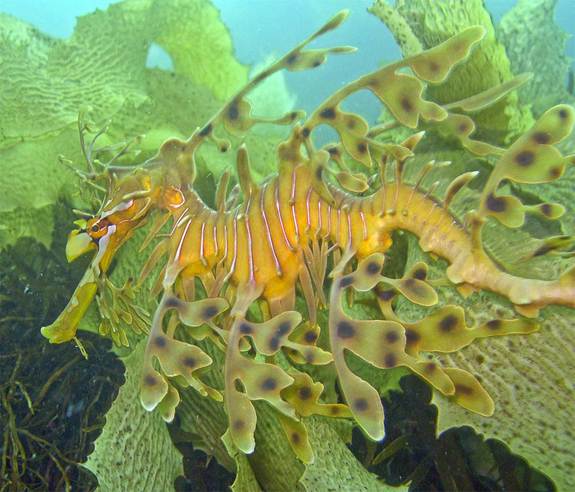
441. Musk Ox
440. Chameleon
439. Green Sea Turtle
438. Cuttlefish
437. Puffer Fish
436. Zebra Finch
435. Kuhli Loach
434. Lionfish
433. Argonaut aka Paper Nautilus
432. Naked Mole Rat
431. Dingo
430. Quetzal
429. Skunk (Stinky, but cute.)
428. White-crested Laughingthrush
427. Butterflyfish
426. Yoda Fruit Bat
425. Caribbean Reef Octopus
424. Hippopotamus
423. Impala
422. White Rhinoceros
421. Visayan Warty Pig
420. Proboscis Monkey
419. Snowy Owl (Hedwig.)
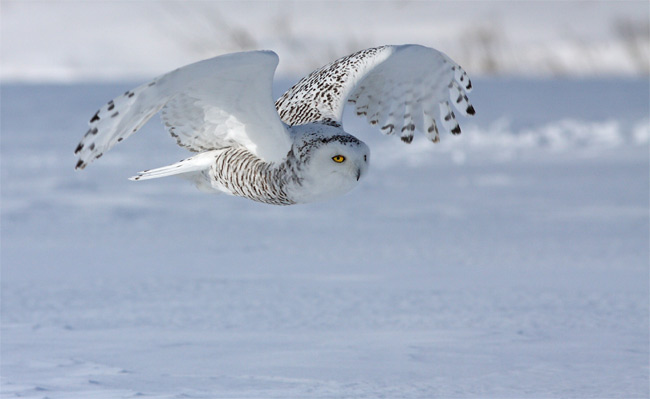
418. Peacock
417. Llama
416. Domesticated Duck
415. Grizzly Bear
414. Kangaroo Rat
413. Tawny Frogmouth
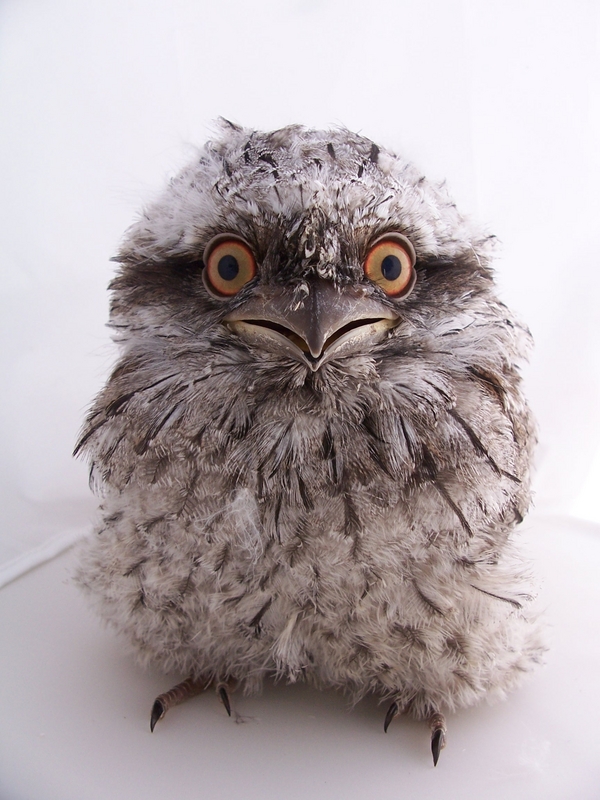
412. Aardvark
411. Axolotl
410. Plover
409. Boar
408. Black Rhinoceros
407. Bison (They are also tasty.)
406. Somali Wild Ass
405. Arabian camel
404. Emu
403. Vole
402. Panther
401. Malagasy Jumping Rat
400. Reindeer aka Caribou
399. Banteng
398. Echidna
397. Tapir (Sadly, they lose their stripes as adults. Still cute though.)
396. Flamingo
395. Takin
394. Okapi
393. Cape Buffalo
392. Bengal Tiger
391. Galapagos Tortoise
390. Great Egret (Only cute when hunkered down.)
389. Addax
388. Wildebeest
387. Sumatran Tiger
386. Snares Penguin
385. Pangolin
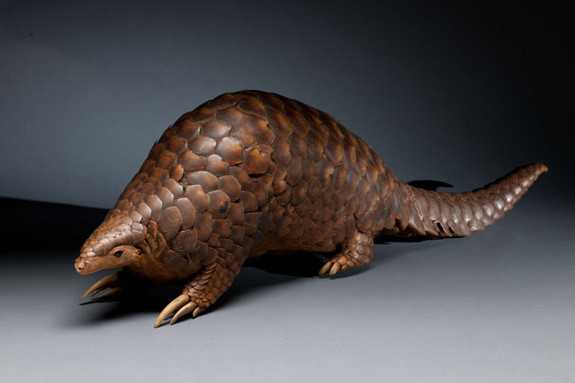
384. European Wolf
383. Oryx
382. Dwarf Zebu
381. Northern Fur Seal
380. Nine-banded Armadillo
379. Lion
378. Serow
377. Bactrian Camel
376. Sloth
375. Jaguarundi
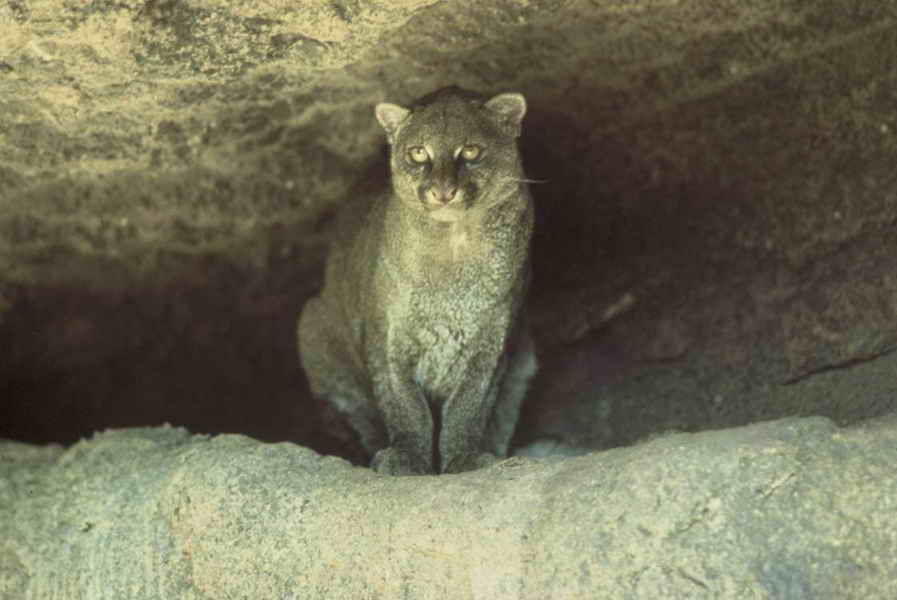
374. Weasel
373. Cougars
372. Kudu
371. Aldabra Flying Fox (A bat, not a fox.)
370. Donkey
369. Smooth-coated Otter
368. Baboon
367. Rockhopper Penguin
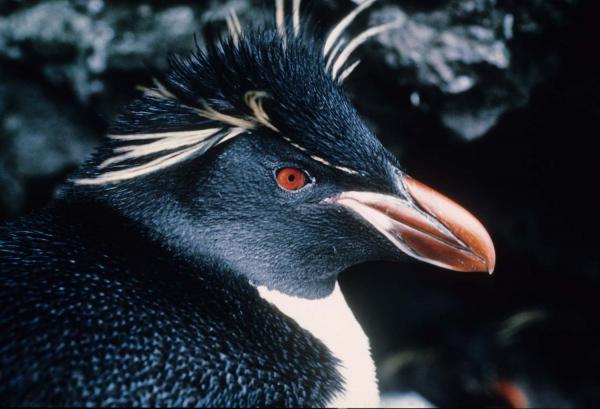
366. Coyote
365. Alpaca
364. Mole rat (The non-naked variety, but still blind as can be.)
363. Domestic goat
362. Topi
361. Moose
360. Golden Mole
359. Transcaspian Urial
358. Long-nosed Bandicoot
357. Eland
356. Marbled Polecat
355. Ross Seal
354. Cheetah
353. Spectacled Bear
352. Red Fox
351. Pronghorn
350. Bobcat
349. Horse
348. Tenrec
347. Black Bear (Much cuter than grizzlies.)
346. Sifaka
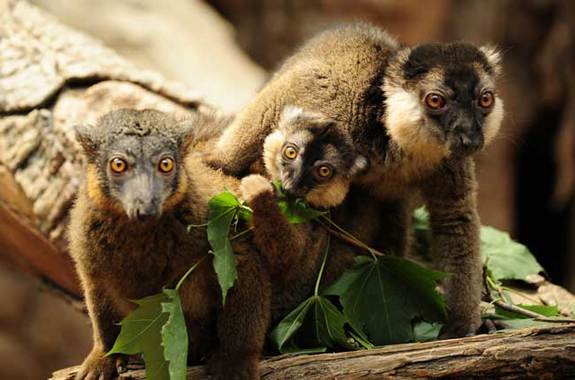
345. Mountain Beaver (Not a beaver.)
344. Pig
343. Bearded Pig
342. Puma
341. Manatee (Our resident manatee expert says: They fart a lot. Don't ask how I know this.)
340. Lemming
339. Gorilla
338. Iberian Mole
337. Polar Bear
336. Mallard
335. Mountain Bongo
334. River Dolphin aka Baiji
333. Spotted Hyena
332. Galapagos Sea Lion
331. African Barred Owlet
330. Stellar Sea Lion
329. Musk Deer
328. American Wolf
327. Liger
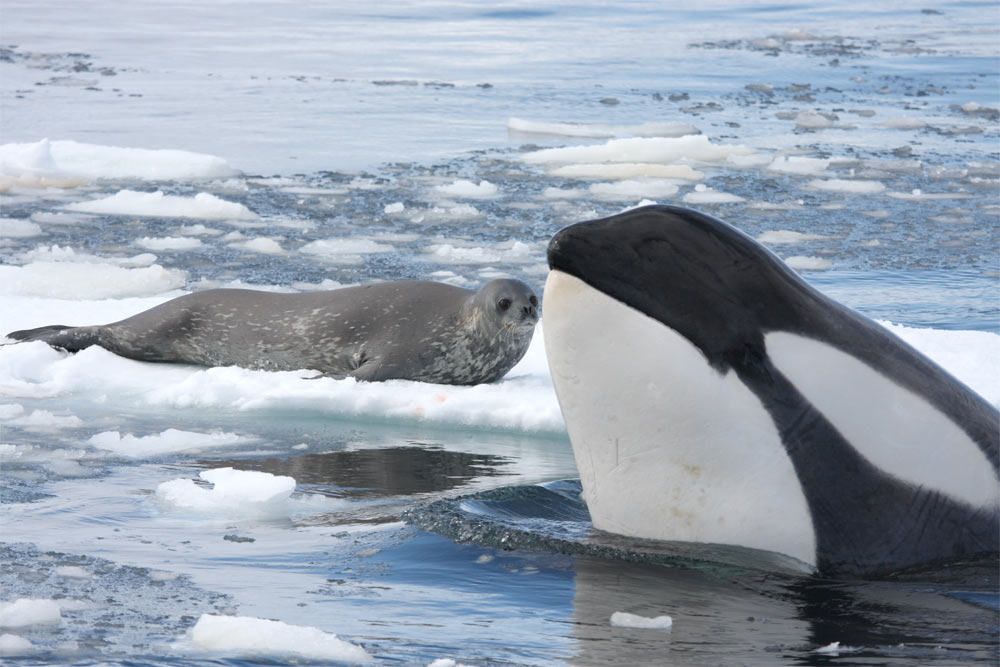
326. Orca aka Killer Whale (Shamu! Free Willy!)
325. Mountain Goat
324. Spotted Seal
323. Onager
322. Sitatunga
321. Olingo
320. Colugo
319. African Linsang
318. Numbat
317. Coypu
316. Spinner Dolphin
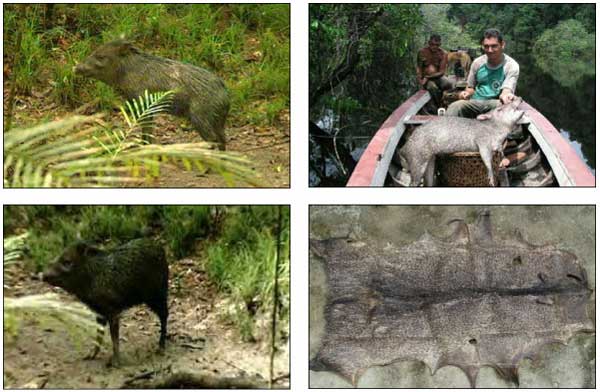
315. Peccary
314. Dugong
313. Elephant Shrew
312. Barbirusa Pig
311. Muntjac
310. Nyala
309. Sclater's Lemur
308. Owl
307. Chuditch
306. Springhaas
305. Porcupine
304. Kouprey
303. Sloth Bear
302. Dibbler
301. Robin
300. Nilgai
299. Hairy-nosed Otter
298. Gerenuk
297. Scottish Highland Cow
296. Subantarctic Fur Seal
295. Madagascar Hedgehog Tenrec
294. Yak
293. Tamandua
292. Cuban Screech Owl
291. Klipspringer
290. Southern Viscacha
289. South American Fur Seal
288. Tahr
287. Thirteen-lined Ground Squirrel
286. Mouflon
285. Flamarion's Tuco-tuco
284. Weddell Seal
283. Miniature Horse (But not ponies.)
282. Badger
281. Blackbuck
280. Goral
279. Black-backed Jackal
278. Sandpipers
277. Cameroon Scaly-tail
276. New Zealand Fur Seal aka Southern Fur Seal
275. Argali
274. Quoll
273. Amazon River Dolphin
272. Baikal Seal
271. Pademelon
270. Dibatag aka Clarke's Gazelle
269. Giant Forest Hog
268. Vicuña
267. Brocket Deer
266. Emperor Tamarin
265. Bighorn Sheep
264. South Andean Deer aka Huemul
263. Erect-crested Penguin
262. Hartebeest
261. Aoudad aka Barbary Sheep
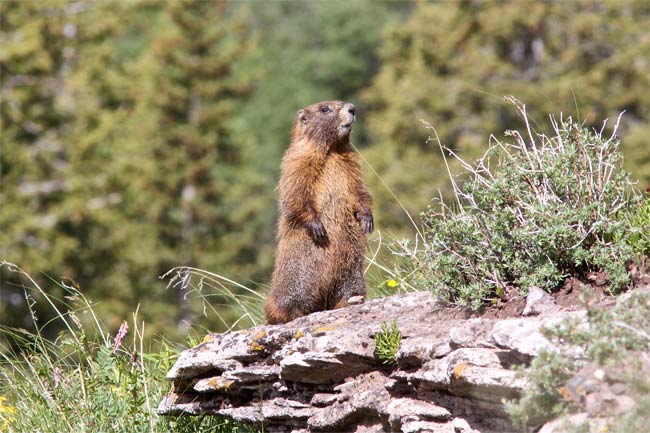
260. Marmot
259. Hog Deer
258. Norway Rat aka Brown Rat
257. Gaur
256. Caspian Seal
255. Iriomote Cat
254. Anoa
253. Hutia
252. Ibex
251. Ocelot
250. Rhebok
249. Fishing Cat
248. Markhor
247. Kinkajou
246. Père David's Deer aka Milu
245. Paca (Also considered a gourmet meat.)
244. Caracal
243. Bearded Seal
242. Tayra
241. Pudu
240. Pampas Cat
239. Guanaco
238. Anteater
237. Yellow-eyed Penguin
236. Wallaroo
235. Taruca
234. Lesser Grison
233. Spotted-necked Otter
232. Chiru aka Tibetan Antelope
231. Sable
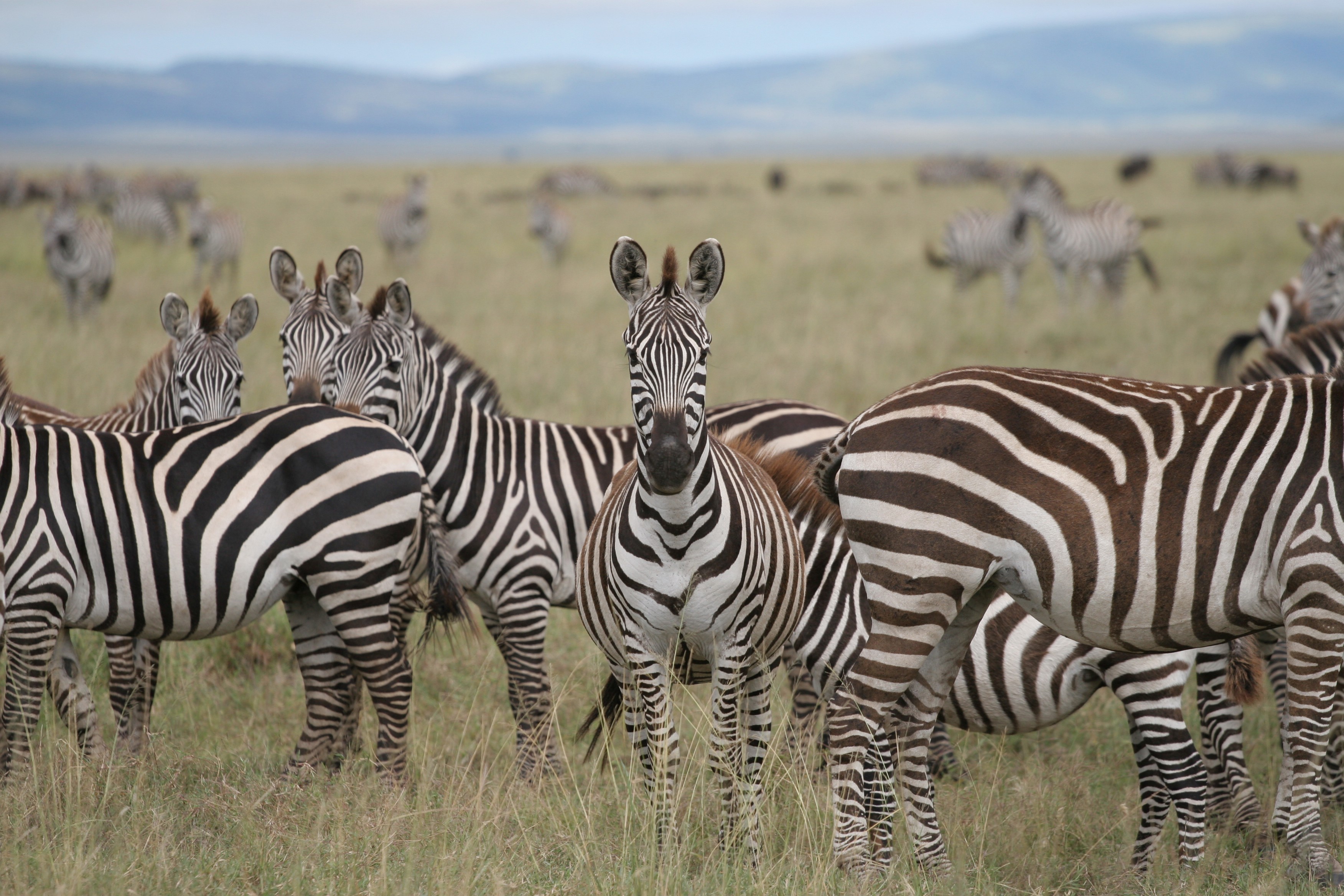
230. Zebra
229. Pygmy Anteater (Pygmy things are cuter than regular-size things. This is one of the principles of cuteness theory.)
228. Cuscus
227. Common Seal
226. Saola
225. Oncilla
224. Sunda Stink Badger
223. Snow Leopard
222. Suni
221. Lynx
220. Goeldi's Marmoset or Goeldi's Monkey
219. Bat-eared Fox
218. Brush-tailed Bettong
217. African Clawless Otter
216. Antelope
215. King Penguin
214. Muskrat
213. Mini Nubian Goat
212. Mouse Lemur
211. Greater Bilby
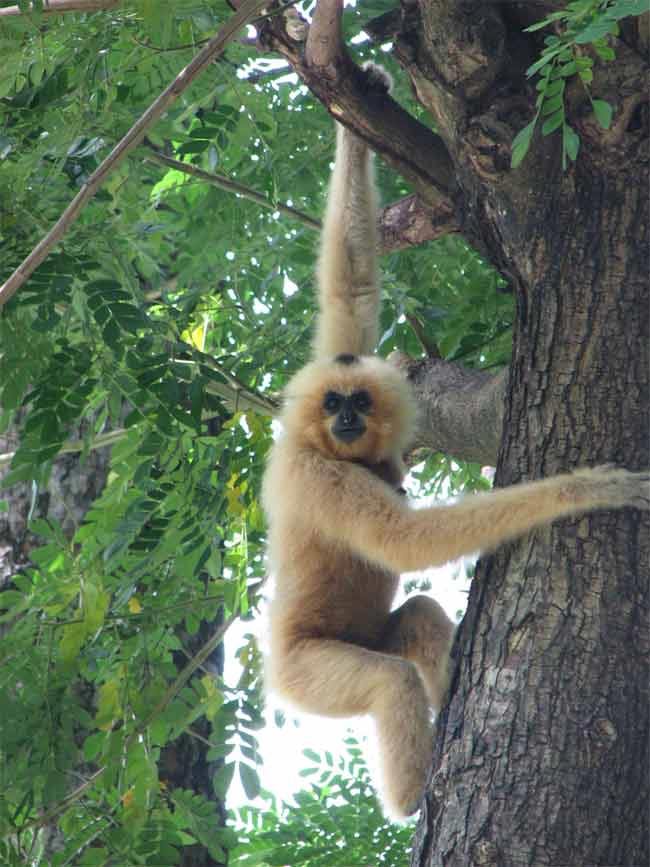
210. Mink
209. Black Squirrel
208. Ribbon Seal
207. Gibbon
206. Zorilla
205. Agouti
204. Kha-nyou
203. Springbok
202. Andean Bear
201. Fiordland Penguin
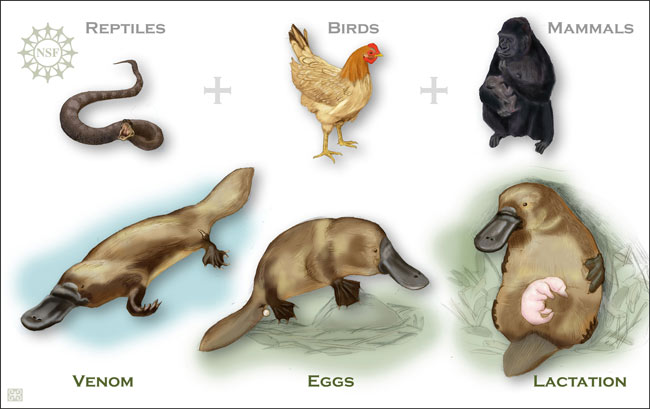
200. Platypus
199. Patgonian Cavy aka Mara
198. African Wild Dog
197. Giant Otter
196. Macaroni Penguin
195. Mediterranean Monk Seal
194. Woodchuck
193. Aardwolf
192. Bush Dog
191. Margay
190. Kob
189. South American Sea Lion
188. Dhole
187. Crabeater Seal
186. Saiga
185. Ringed Seal
184. African Hunting Dog
183. Lechwe
182. Australian Sea Lion
181. Beira
180. Tasmanian Devil
179. Elk
178. Southern River Otter
177. Humboldt Penguin
176. Puku
175. Galapagos Fur Seal
174. Galago
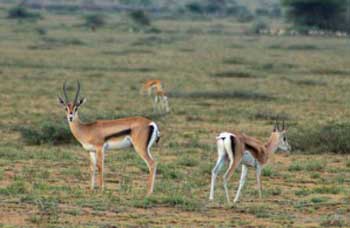
173. Gazelle (all species apart from Thomson's Gazelle)
172. Thomson's Gazelle
171. Magellanic Penguin
170. Przewalski's Horse
169. African Buffalo
168. Galápagos Penguin
167. Brown Fur Seal
166. Crab-eating Fox
165. Eurasian Otter
164. Raccoon Dog
163. Tarsier
162. African Blackfoot Penguin
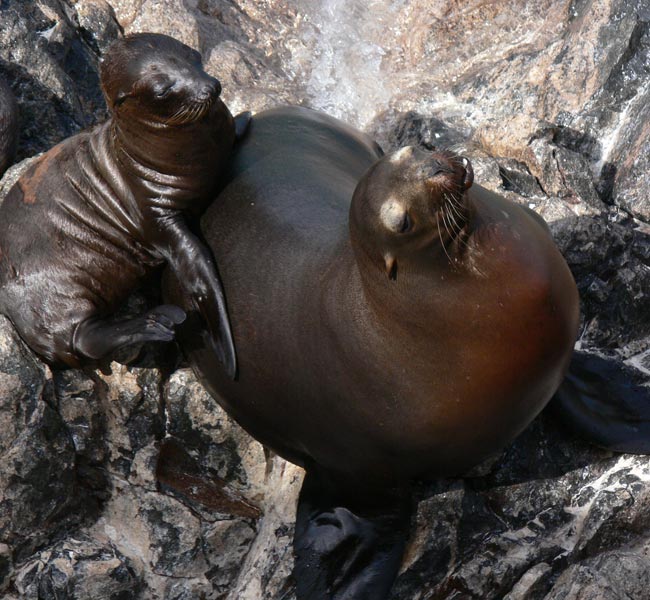
161. California Sea Lion
160. Kowari
159. Fallow Deer
158. Royal Penguin
157. Andean Mountain Cat
156. Agile Mangabey
155. Snow Leopard
154. Suslik
153. Blue Monkey
152. Beaver
151. Prevosts's Squirrel
150. Solenodon
149. Potto
148. North American Raccoon
147. Long-tailed Tit
146. Jerboa
145. Juan Fernández Fur Seal
144. Pine Marten aka American Marten
143. Golden Lion Tamarin
142. Chevrotain aka Mouse Deer
141. Arctic Fox
140. Sun Bear
139. Pocket Gopher
138. Fisher
137. Hawaiian Monk Seal
136. Orangutan
135. Stoat aka Ermine
134. Patagonian Opossum
133. Bushy-tailed Jird
132. Chickadee (Even the name sounds cute.)
131. Langur
130. Gelada Baboon
129. Emperor Penguin
128. Leopard Seal
127. African Black-footed Cat
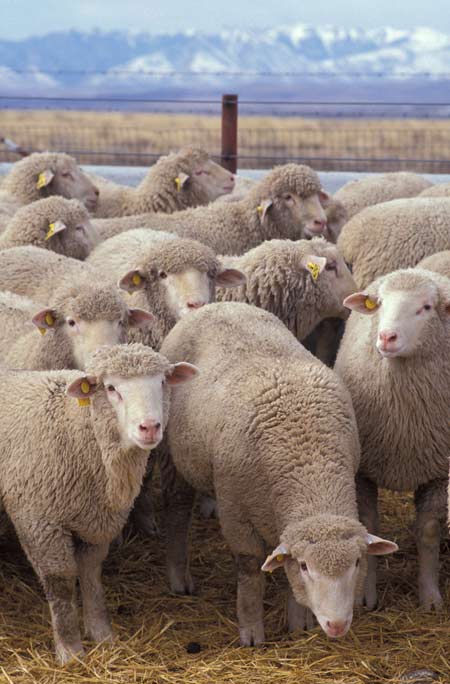
126. Domestic Sheep
125. Wildcat
124. Tree Hyrax
123. Antarctic Fur Seal
122. Black-footed Ferret
121. Pallas' Cat
120. Dik-dik
119. Feather-tail Glider
118. Lemur!
117. Pygmy Marmoset
116. Kodkod
115. Gundi
114. Zokor
113. Geoffroy's Cat
112. Titi
111. Grivet
110. Bearded Saki
109. Pygmy Hog
108. Gelada Monkey
107. Phascogale
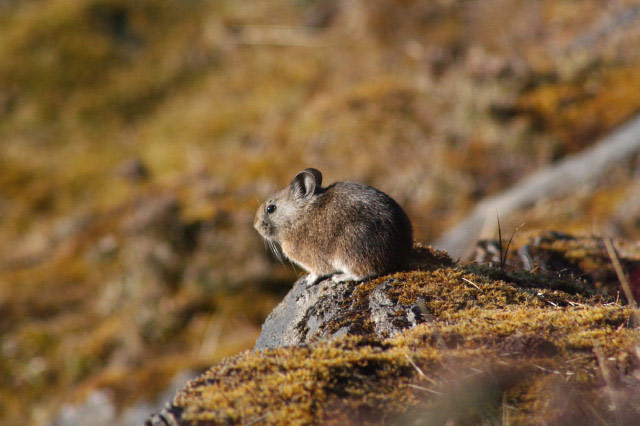
106. Pika (They're tiny, squeaky things that gather flowers, beat that.)
105. Mandrill
104. Squirrel Monkey
103. Culpeo
102. Vervet
101. Pygmy Hippopotamus
100. Gerbil
99. Verreaux's Sifaka
98. Coati
97. Tur
96. Black Stork
95. Giraffe
94. Wallace's Three-striped Dasyure
93. Surili
92. Guenon
91. Honey Badger (It doesn't care.)
90. Tree Squirrel
89. Hedgehog
88. Canary
87. Flying Squirrel
86. Hamster
85. Drill
84. Eastern Cottontail
83. Bonobo
82. White-faced Capuchin
81. Wombat
80. Saki Monkey
79. Jackrabbit
78. Malbrouck
77. New Zealand Sea Lion
76. Dwarf Mongoose
75. Chipmunk
74. Snowshoe Hare
73. Serval
72. Head-Bobbing Lemur
71. Deer
70. Hummingbird
69. Rabbit
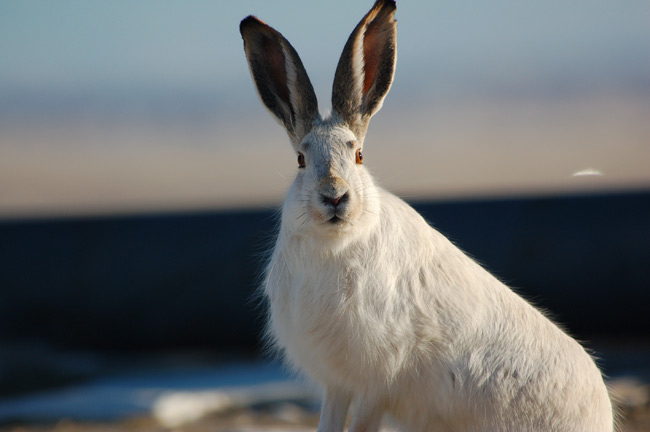
68. Quokka
67. Dwarf Rabbit
66. Aye Aye (Freaky, but cute.)
65. Matschie's Tree Kangaroo
64. Gray Seal
63. Chinchilla
62. Duiker
61. Mouse
60. Kangaroo
59. Puffin
58. Bush Baby
57. Sand Cat
56. Kultarr
55. Beluga Whale
54. Monkey
53. Koala
52. Slow Loris
51. Kiwi
50. Ring-tailed Cat (Not actually a cat, but very cute.)
49. Bottlenose Dolphin
48. Civet Cat
47. Degu
46. Oribi
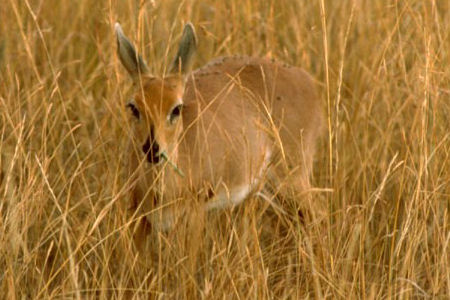
45. Lutung
44. Chinstrap Penguin
43. Siamang
42. False Antechinus
41. Asian Small-clawed Otter
40. Elephant Seal
39. Talapoin
38. Gymnure aka Moonrat
37. Kipunji
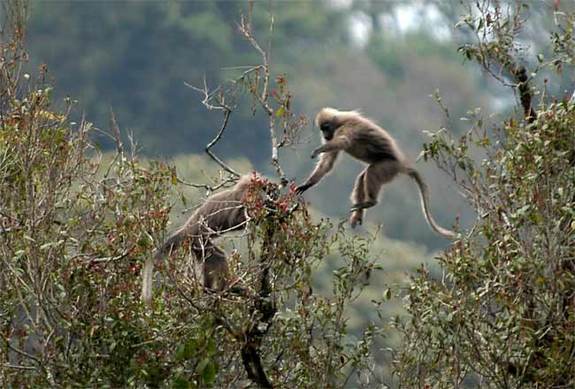
36. Douc
35. Desman
34. Chimpanzee
33. Guinea Pig
32. Colubus
31. Blue Penguin
30. Gentoo Penguin
29. Common Planigale
28. Sugar Glider
27. Mulgara
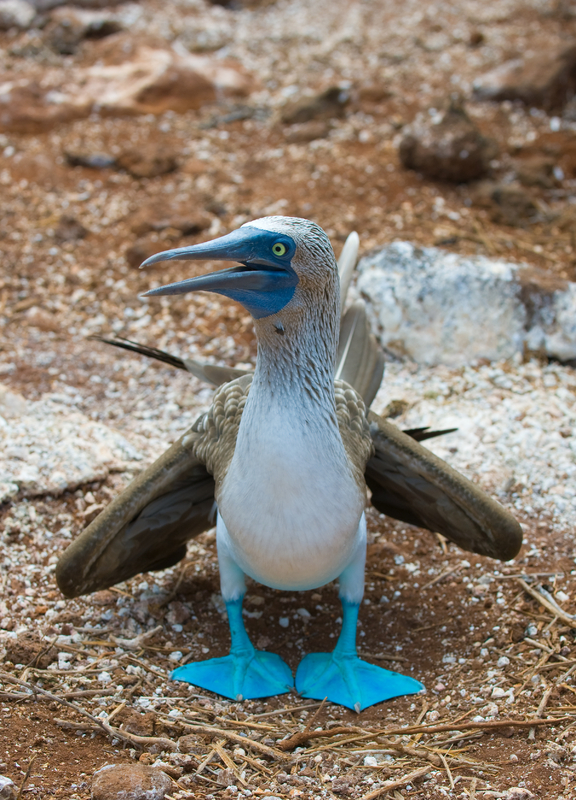
26. Pink Fairy Armadillo
25. Little Red Kaluta
24. Northern River Otter
23. Blue-footed Booby
22. Dormouse
21. Wallaby
20. Clown Fish
19. Clouded Leopard
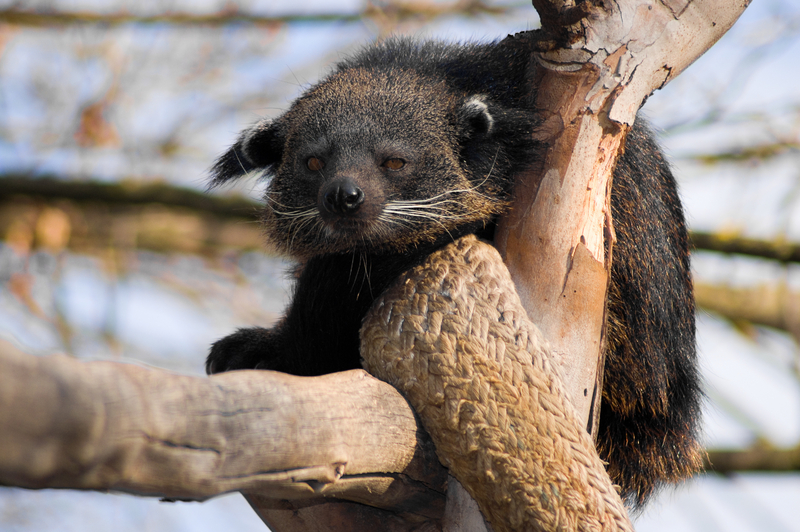
18. Frilled Neck Lizard
17. Prairie Dog
16. Antechinus
15. Capybara
14. Macaque
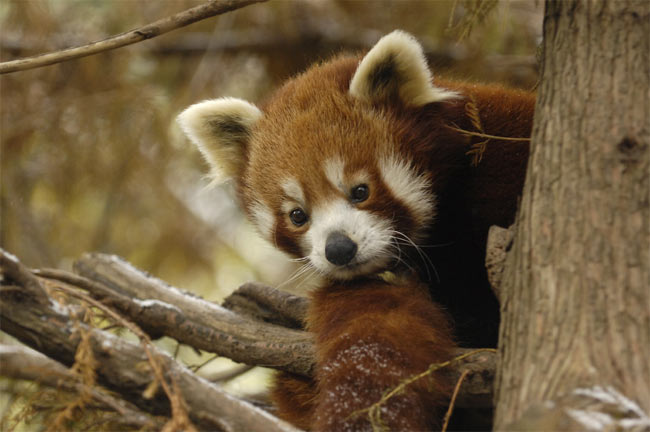
13. Adelie Penguin
12. Harp Seal
11. Binturong aka Bearcat (It smells like buttered popcorn!)
10. Meerkat
9. Dunnart
8. Red Panda aka Firefox
7. Ring-tailed Lemur
6. Rock Hyrax
5. Dog
4. Fennec Fox
3. Giant Panda
2. Cat
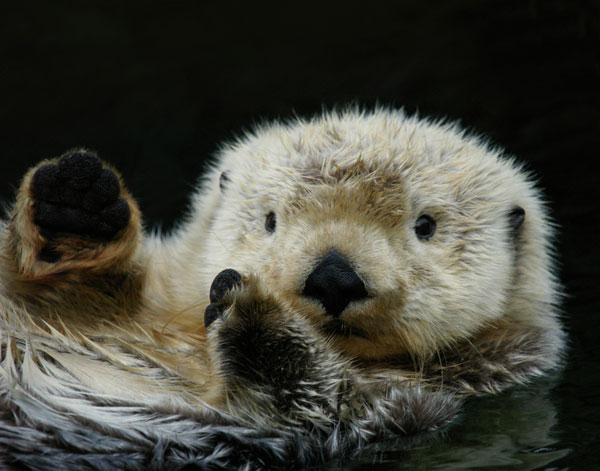
1. Sea Otter
Cute Animals That Are Not Pets
Source: https://www.livescience.com/13524-500-cutest-animals-list.html
0 Response to "Cute Animals That Are Not Pets"
Post a Comment